Vacations are ideally stress-free, which might seem like an impossibility if you’ve never traveled with a child with autism. With the rise of sensory awareness and inclusion, there are many resources available now. Keep reading for our tips and tools to help your family have a great, autism-friendly vacation!
Tips For A Great Vacation With A Child With Autism
- Social stories
Reading about different scenarios can give your child a glimpse of what to expect and how many people behave in that situation. You can look for relevant social stories or create your own with your child as the main character. How will you travel– by plane, train, car or boat? What is your destination? Include the various environments your child will encounter, any activities planned, the weather and what people will look or sound like once there. Talk through all of the possibilities to help your child grow accustomed to the upcoming vacation.
- Pack ahead
Pack a “go bag” of calming sensory toys and tools that help your child feel regulated during transitions. You might include a weighted friend, fidgets or wearable chewies since these are easily taken with you. Don’t forget to pack extra snacks and a reusable water bottle, since there may be points during the trip that you can’t get your child what they typically eat. Have your child help pack the bag so that they feel comfortable with its contents and know that they have the tools they need to self-regulate if needed at any point during the trip.
- Stick to routine
Maintaining consistent wake/sleep times and regular breaks for meals and snacks will give your child a sense of security from the predictability. Reducing unfamiliar and surprising events can go a long way in helping the rest of the vacation go smoothly for your sensory child.
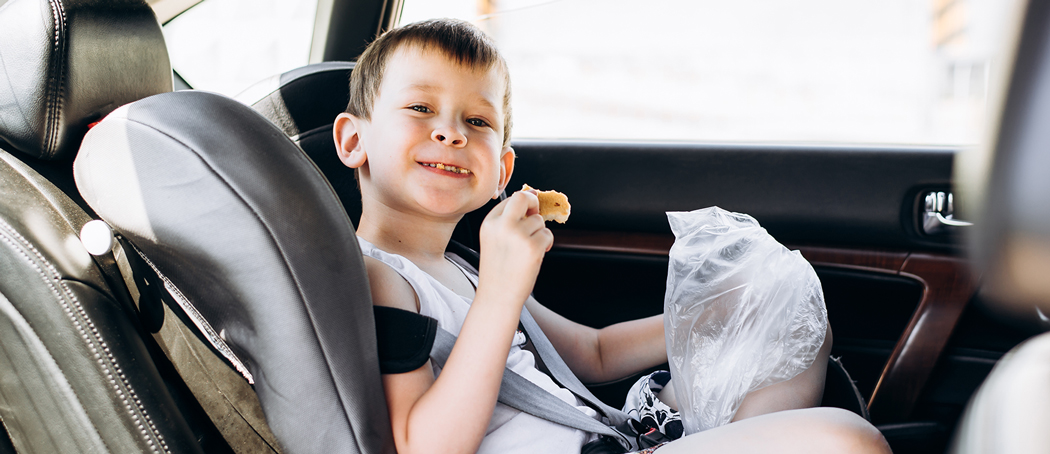
- Time management
It’s tempting to create a jam-packed schedule so that you can make the most of your time on vacation, but this can easily derail a child with autism. Allow for extra time between activities, as well as scheduled snack and bathroom breaks. Use timers to remind yourself of these throughout the day. By limiting timing-induced stress, you can set your child up for success. They will not feel pressured to move at a pace that is too fast or get concerned about not having time to take a break when needed.
- Divide and conquer
Whether you divide between the “littles” and the “bigs” or the more active versus less active family members, it can help to have each parent take a group. This allows everyone to enjoy activities best suited to their needs. Instead of bringing everyone to every activity, find an alternative that is autism-friendly while your child’s siblings might do something that has sensory triggers for them.
- Research available resources
Many airports, stadiums and other destinations now have sensory-friendly options. Do your research beforehand to find out exactly what resources are available at your chosen destination. There may be noise reduction headphones or alternative seating options available. You might even find a sensory room tailored toward kids with autism so that they can also enjoy and participate in the activities.

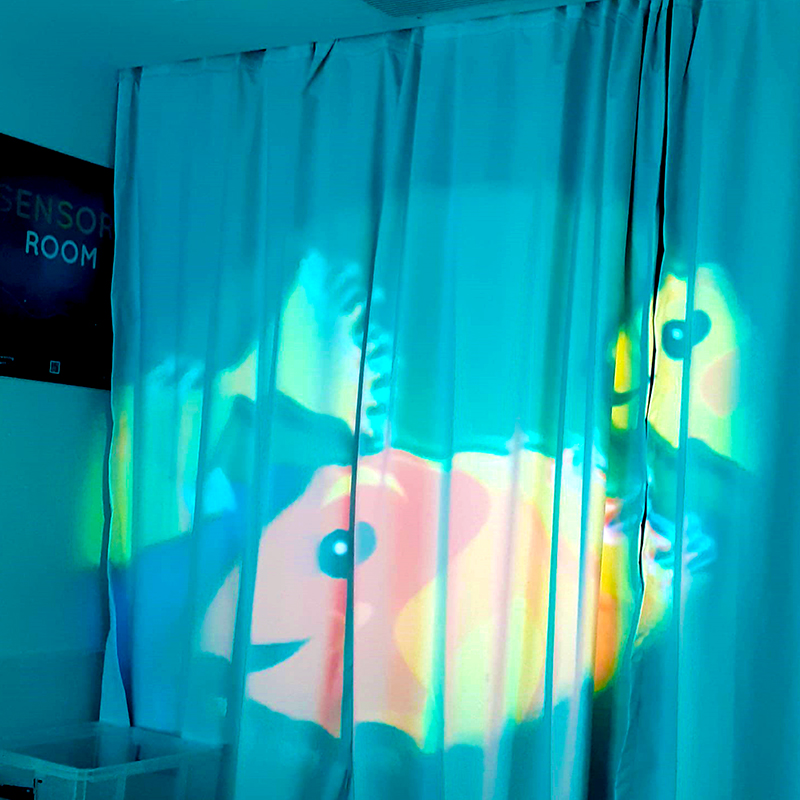
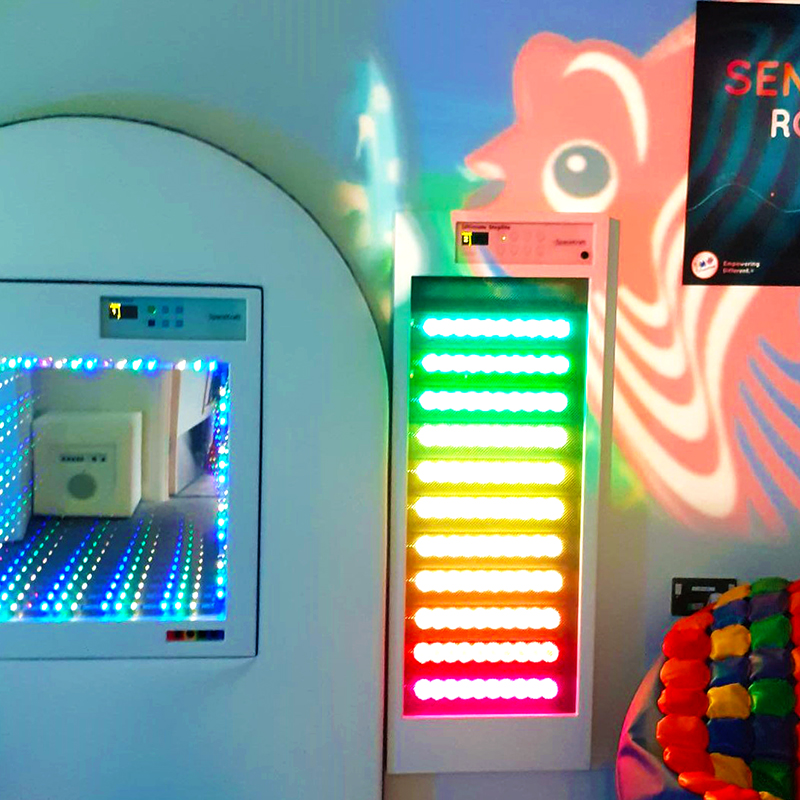
Vacation Destination Options
In the last decade, vacation options have opened up for children with disabilities including autism and other sensory processing needs. Hotels and resorts, including beaches, are increasingly creating programs and training staff to be aware of any needs their guests may have. These trainings go toward becoming a Certified Autism Center with staff trained in autism awareness and sensitivity. Even if a destination is not “certified,” calling ahead can help you learn about many sensory friendly options available.
- Airports
If you’ve ever experienced a travel delay then you know how frustrating it can be. It gets even worse if you have autism or other sensory processing needs, such as an aversion to loud noises or overstimulating visuals. Many airports now offer quiet spaces for waiting, with comfortable seating like beanbag chairs. If your child will benefit from boarding the plane while it’s still empty, ask for accommodations to board first. Alternatively, if your child might feel cooped up on the plane for any longer then board last! Spending time decompressing after disembarking from the flight can help prepare your child for the next part of the trip.
- Resort and cruises
There are resorts with sensory friendly guides that indicate the intensity level of each of their areas, as well as staff trained in sensory sensitivity. Calling ahead will allow you to see what accommodations are available. Don’t be afraid to take advantage of the resources made available to you– that’s why they’re there!

- Amusement parks
Similar to stadiums, many amusement parks now provide accommodations for sensory kids. Call ahead to ask about a calming room you can take your child to for a sensory break. Often there are days dedicated to autism awareness, when there are additional resources available for your child.
- Beaches
Bright sunlight, sand and waves can be triggering for someone with tactile defensiveness or visual sensitivity. Bring sunglasses, a Denim Weighted Baseball Cap, and an umbrella to reduce visual stimulation. Noise Reduction Headphones are great for keeping the noise at a minimum. A Floor Chair is perfect for kids who don’t want to sit directly on the sand but still want to spend time at the beach.
Most importantly, bring your empathy. If your child has a sensory meltdown, they are not looking to ruin a good day. They just reached their sensory threshold and can’t tolerate another bit of input. Before you reach that stage, take plenty of breaks and look for those places with accommodations.
Learn more about specifics to pack on our blog post about Vacation-Friendly Sensory Tools. Check out our collection of Toys and Tools for Travel for more ideas!













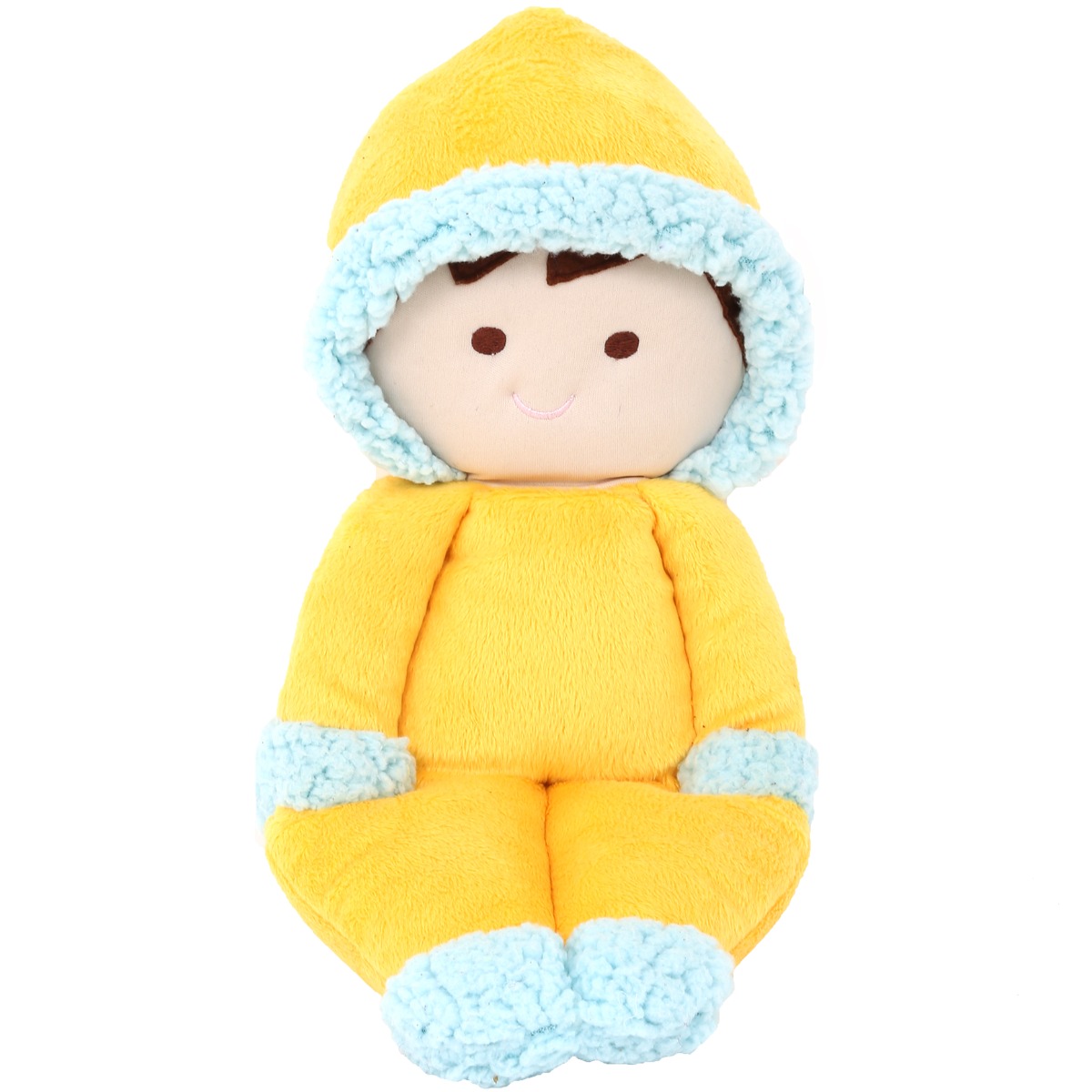
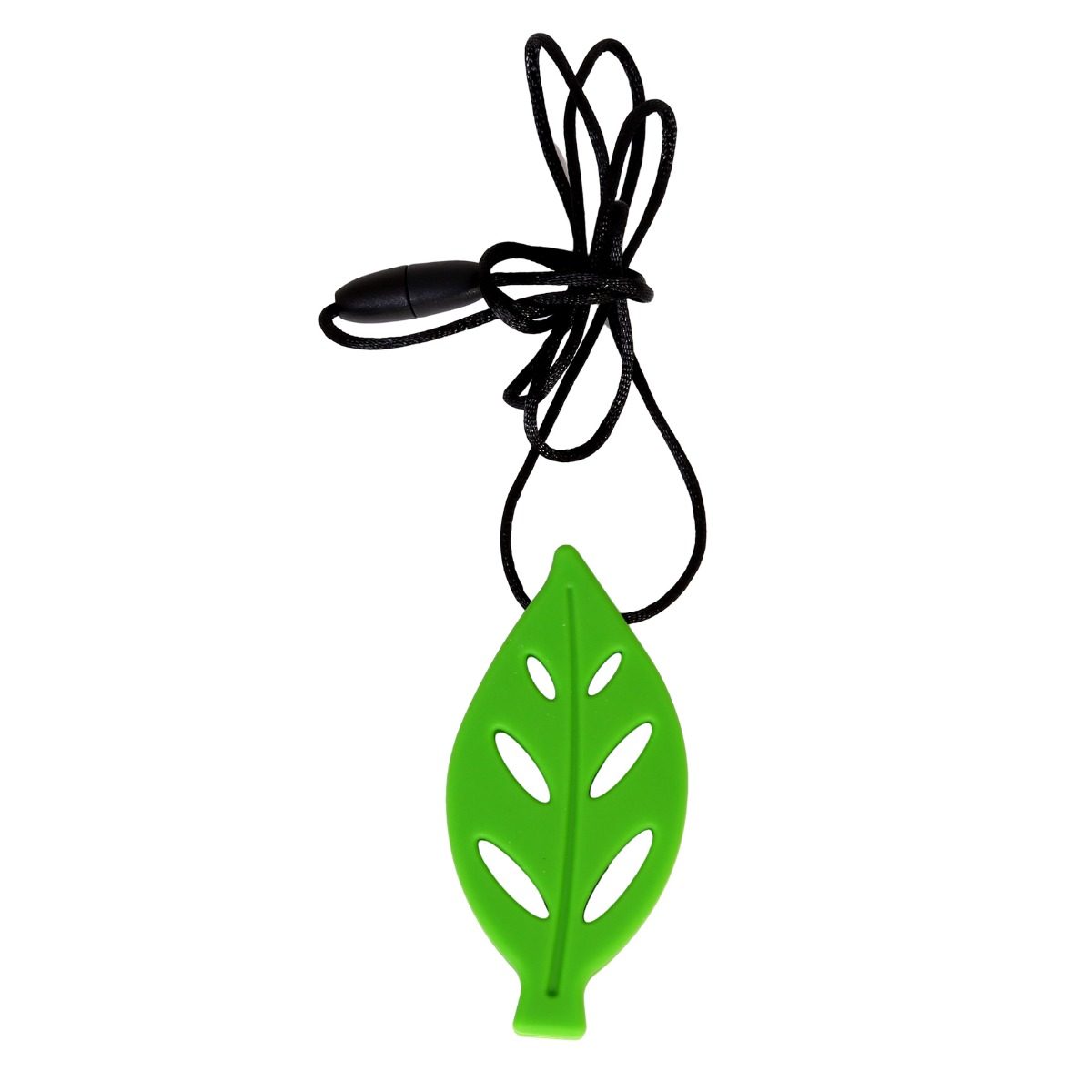
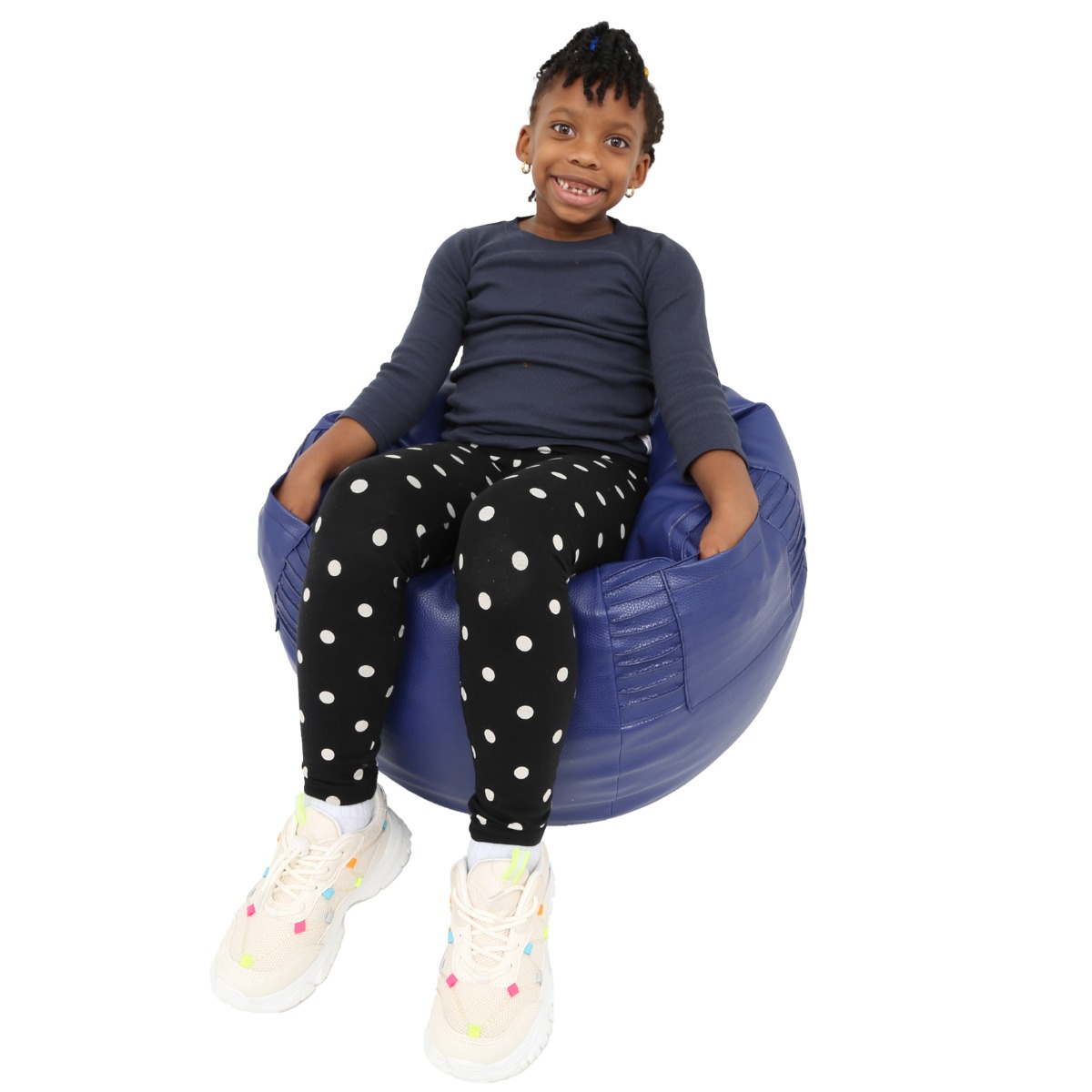
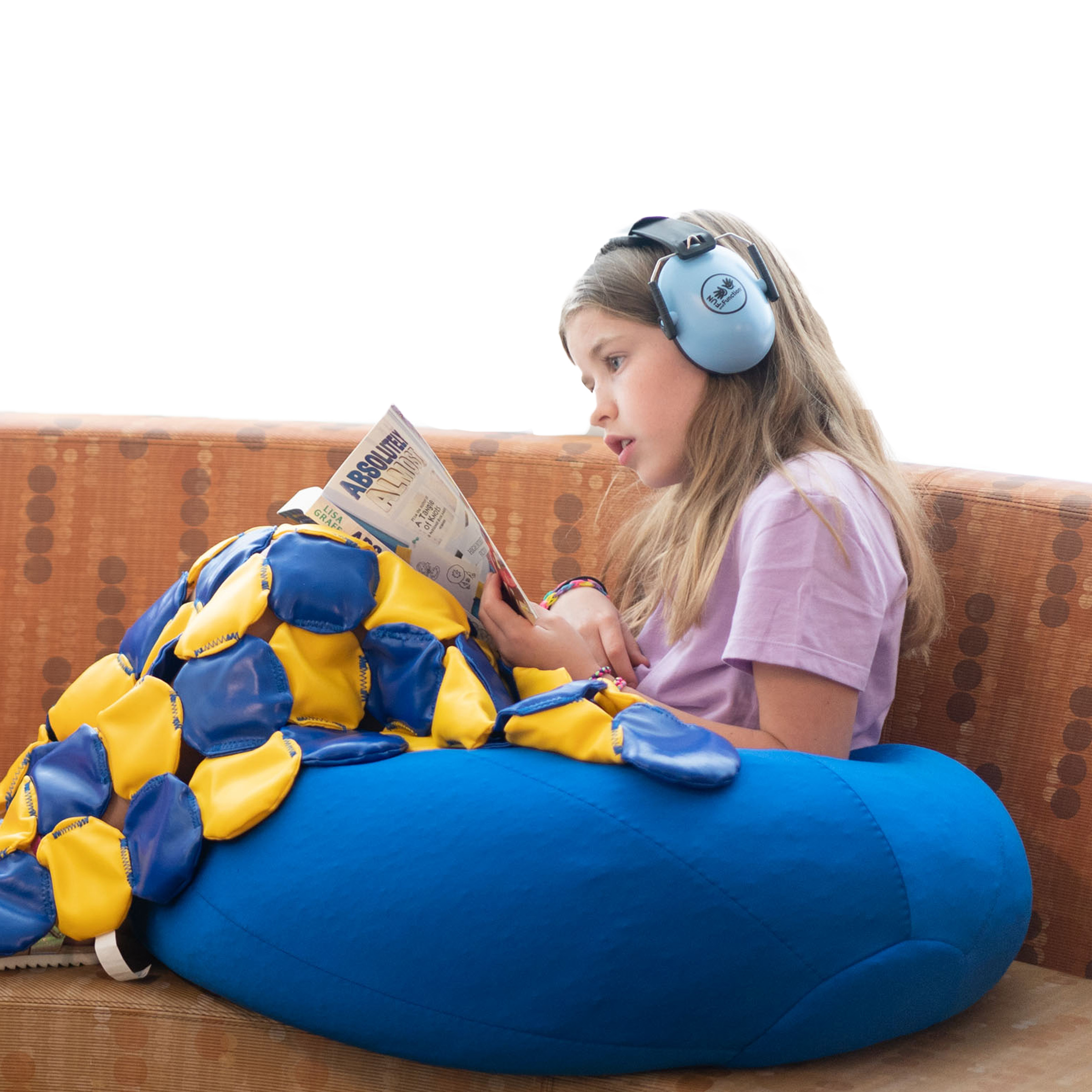
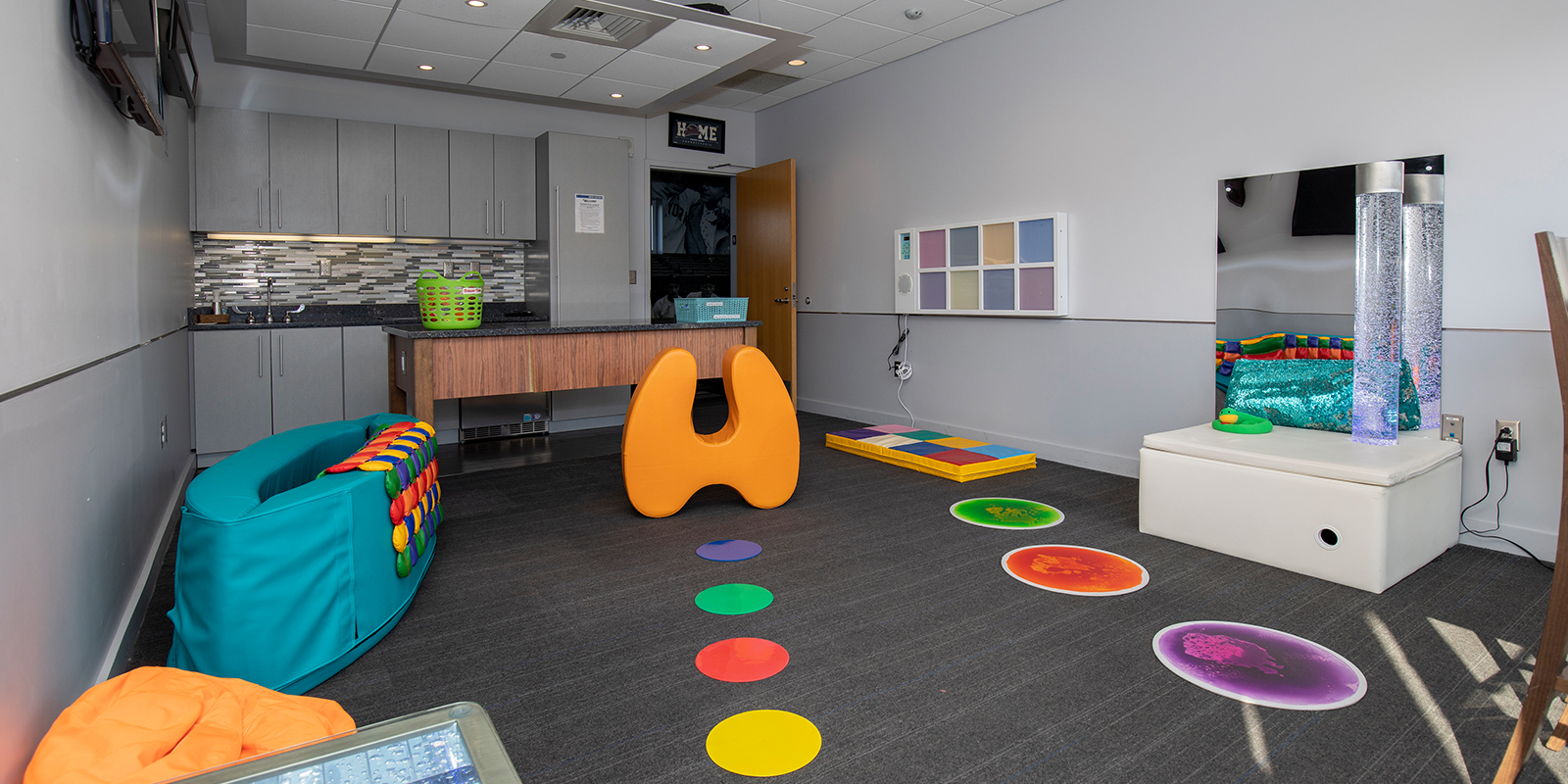







Comments